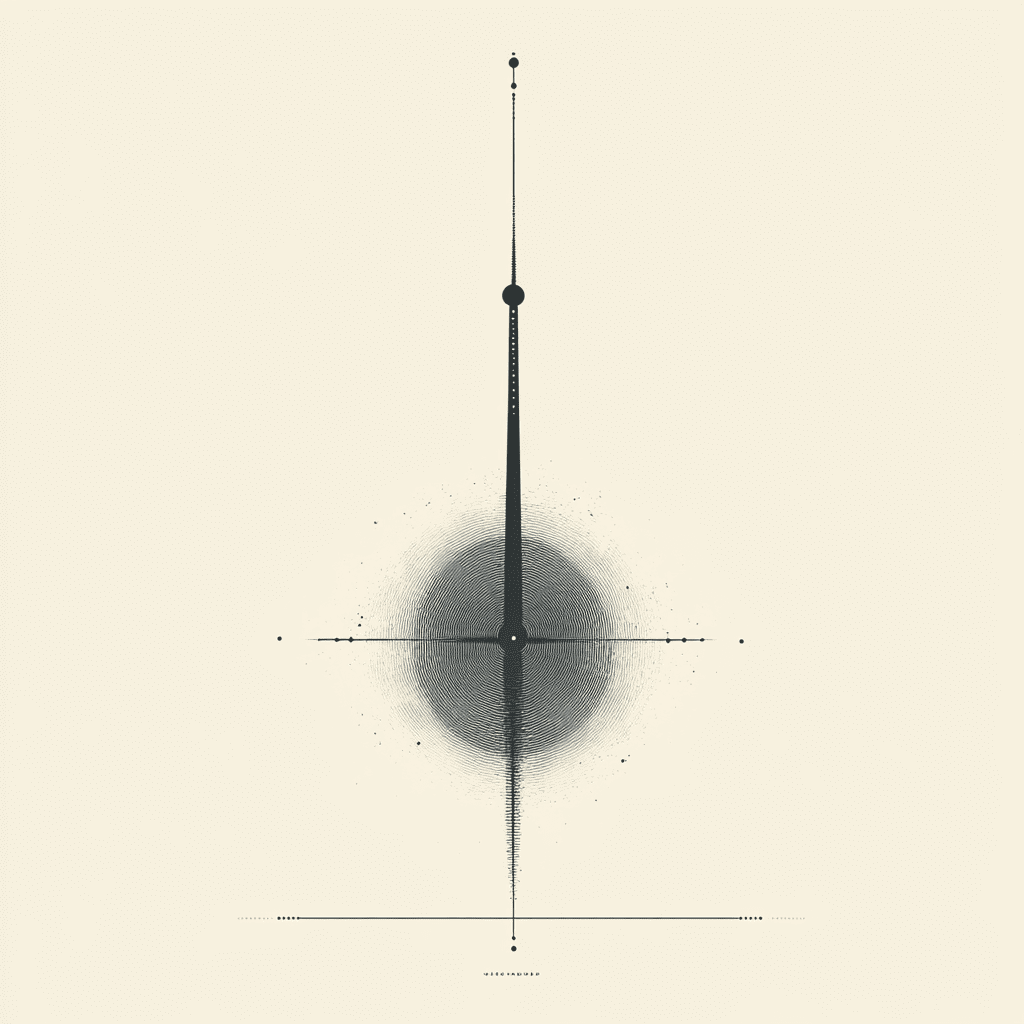The latest HV-CMOS pixel sensor developed by the former CERN-RD50-CMOS group,
known as the \mpw, demonstrates competitive radiation tolerance, spatial
granularity, and timing resolution — key requirements for future high-energy
physics experiments such as the HL-LHC and FCC. Fabricated using a \SI{150}{nm}
CMOS process by \emph{LFoundry}, it introduces several improvements over its
predecessor, the \emph{RD50-MPW3}, including separated power domains for
reduced noise, a new backside biasing scheme, and an enhanced guard ring
structure, enabling operation at bias voltages up to \SI{800}{V}.
Tests with non-irradiated samples achieved hit detection efficiencies
exceeding \SI{99.9}{\%} and a spatial resolution around \SI{16}{\mu m}.
Neutron-irradiated sensors were characterized using IV measurements and
test-beam campaigns, confirming the sensor’s robustness in high-radiation
environments. The results highlight the ability of HV-CMOS technology to
restore hit detection efficiency post-irradiation by increasing the applied
bias voltage. Details of these measurements and timing performance are
presented in this paper.
Questo articolo esplora i giri e le loro implicazioni.
Scarica PDF:
2504.15730v1

